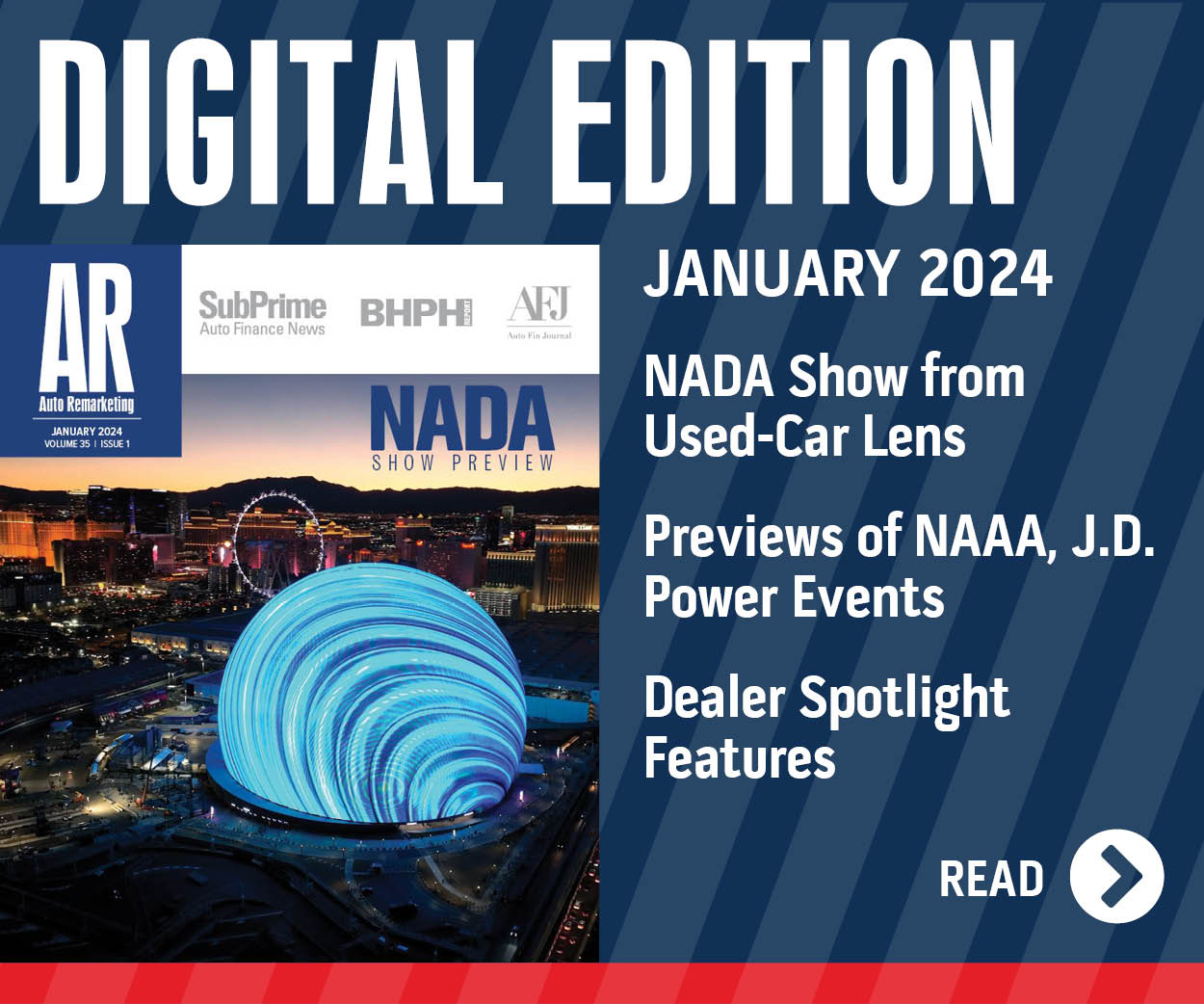Kia Takes Top Honors in Latest J.D. Power Study
WESTLAKE VILLAGE, Calif. — Kia is apparently leading the automaker pack when it comes to Web sites. At least this is according to J.D. Power and Associates, which recently tallied the results from the first segment of its regular biannual analysis of manufacturers' home pages.
According to J.D. Power's 2010 Manufacturer Web Site Evaluation Study — Wave 1, Kia posted an index score of 880 on a 1,000-point scale. Analysts said Kia improved its score by 25 points from the last installment of the regular study, which was released in June of last year. They said the OEM improved its Web site's speed and navigation, along with information and content factors.
"Kia's success is largely due to the continued improvements that the manufacturer makes to the brand site," explained Arianne Walker, director of marketing and media research at J.D. Power.
"In addition to various small improvements, Kia's newer models such as the Forte and Soul have brought new content to the site, including the ‘Experience Forte' section, which is resonating well with shoppers," Walker continued.
Coming in second to Kia was Honda, which posted a score of 875. Followed closely in third was Acura at 874.
"The more useful a manufacturer Web site is for shoppers, the more traffic it is likely to drive to dealerships," Walker indicated.
"In having a useful, intuitive Web site, these highly ranking manufacturers are driving a higher percentage of their online traffic to the dealership," she added.
So why do some automakers excel with their sites? J.D. Power conceded that almost all brands have high-quality content on their sites, including 360-degree viewers and videos to showcase models and their benefits. However, analysts stressed that fast, seamless delivery of this content separates the best sites.
"Web sites for manufacturers such as Acura, Honda and Kia successfully include rich content by employing behind-the-scenes loading for videos and keeping 360-degree tools as light as possible," Walker explained.
"Making smart decisions, such as using static backgrounds for 360-degree images, will reduce page weights considerably when an image is multiplied many times as the camera circles the vehicle," she went on to state.
Walker also mentioned that many OEM Web sites that provide rich content but have considerably heavier page weights result in a less satisfactory experience for shoppers. Specifically, heavier page weights can create less favorable customer perceptions of Web site speed, which in turn may negatively impact overall satisfaction.
"Some manufacturers could benefit greatly from re-evaluating their content based on value rather than simply adding content for the sake of being flashy," she noted.
"Particularly when an OEM Web site offers a rich media experience but with a dramatically heavier page weight that doesn't add significant utility, it's an indication that changes should be made," Walker added.
J.D. Power conducts its Web Site Evaluation Study on a semi-annual basis. It's now in its 11th year. Analysts examine a site's speed, appearance, navigation as well as its information and content.
J.D. Power explained that study is based on evaluations from more than 10,900 new-vehicle shoppers who indicated they will be in the market for a new unit within the next 24 months. Analysts collected data for the study last November.

 View The Latest Edition
View The Latest Edition

